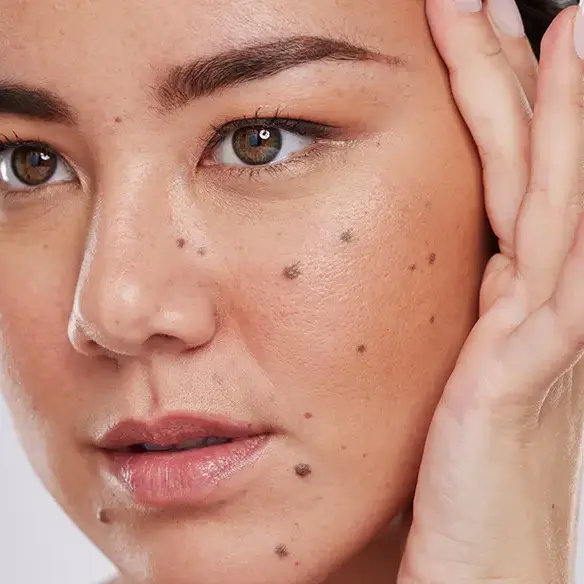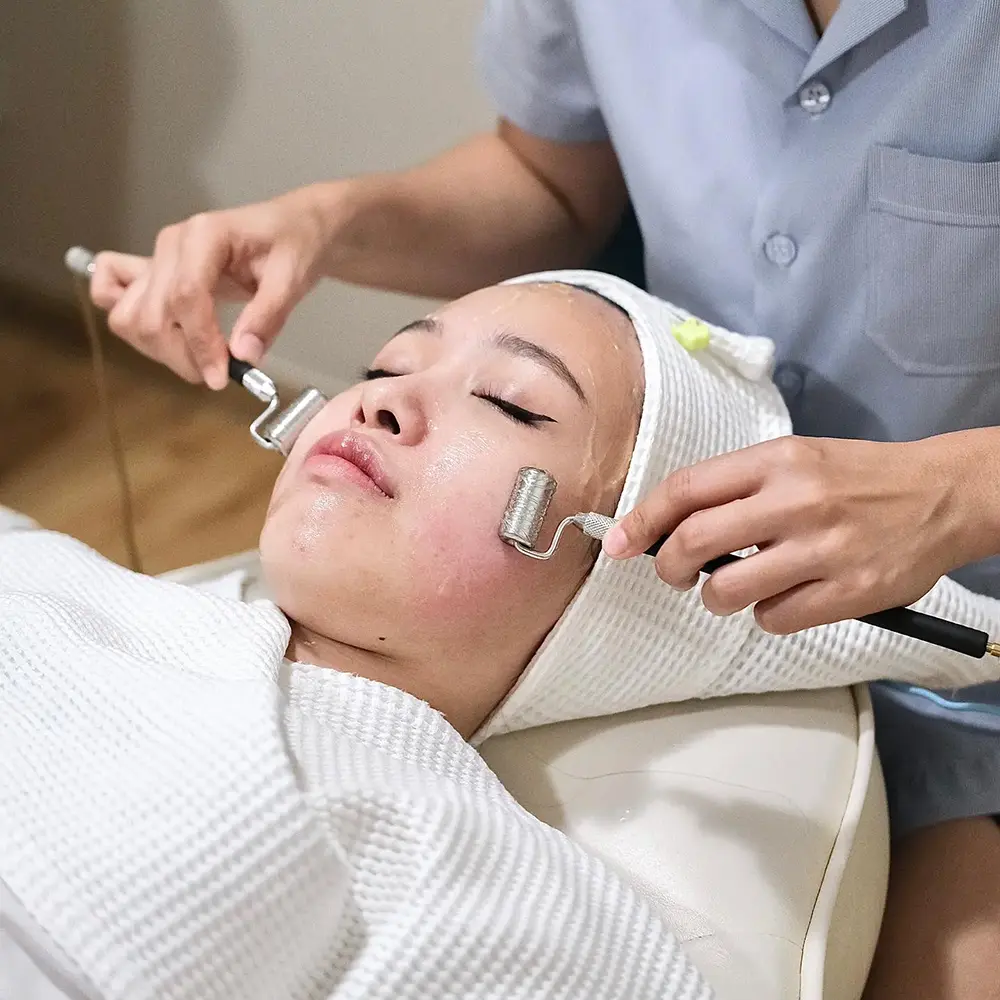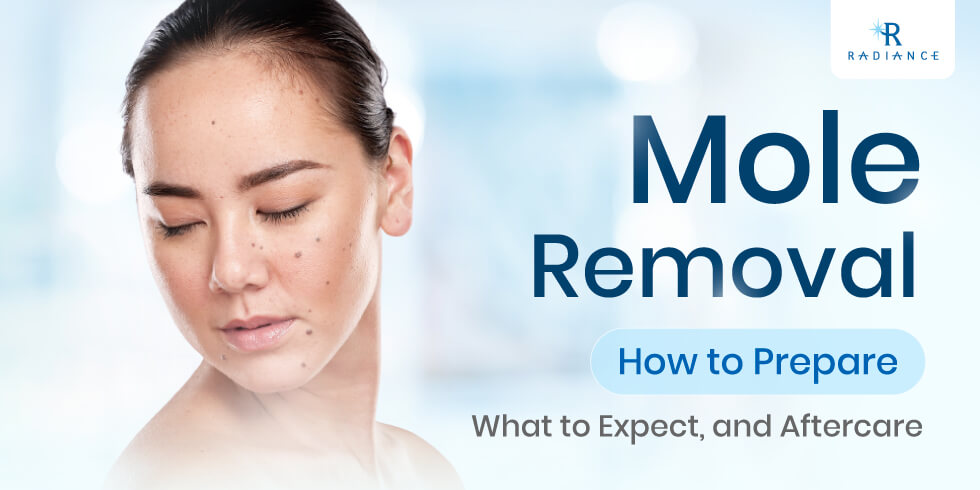
Moles are one of the most common skin growths found in everybody. Nevertheless, some moles are being harmed as they could be a sign of undiscovered skin cancer, and some moles are not harmful but may be annoying as they affect your appearance or daily habits. Then, there is a need for mole removal. While some have claimed that it could be done by yourself at home, it is ineffective and has also brought in multiple complications. As a result, professional removal of moles by dermatologists is necessary for both medical and aesthetic needs.
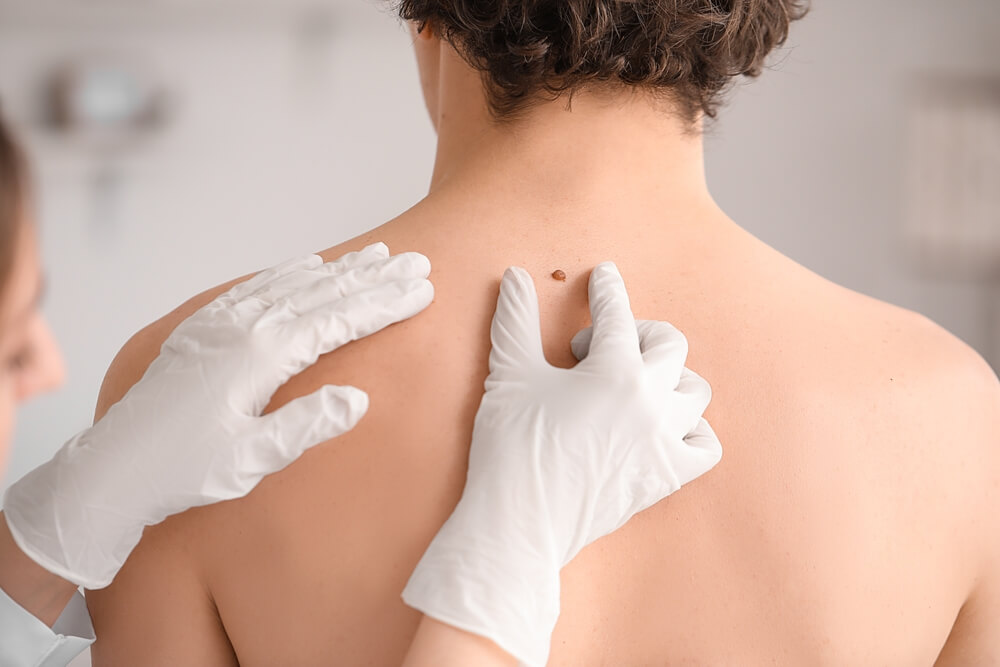
This article will focus on moles and their removal procedure to help you not only determine if you really need a removal treatment but also help you find a place for safe mole removal procedures in Bangkok.
What is a mole, and do you need to remove it?
Moles or nevi are common skin growths found in everyone. They can differ in size, shape, and color, but they are usually one-colored—often brown, but they can be colorless, skin-toned, or even red, pink, or blue; round in shape; flat or slightly raised; and unchanged from month to month. Moles can appear anywhere on your skin or mucous membranes – including scalp; soles and palms; between fingers and toes; even under nails, alone or in groups, and they number between 10 and 40 by adulthood.
Moles occur when cells in your skin grow in a cluster instead of being spread throughout the skin. Most moles are made of cells called melanocytes, which make the pigment that gives your skin its natural color. Hence, facing excessive sunlight may be related to the increased number of moles and also a change in appearance to a darker tone. In addition, puberty and pregnancy may result in a darker tone due to hormonal effects.
Typical moles or acquired moles are harmless, unless they make you feel tender or painful. Meanwhile, non-typical moles, including atypical moles or dysplastic nevus, which are large, odd-shaped, and include more than one color; congenital moles or moles that appeared since birth; and Spitz nevus or pink, raised, and dome-shaped moles, are a sign of higher risk in getting melanoma or a serious type of skin cancer.
Melanoma is different from a mole in five ways
- A = Asymmetry: characteristic being different between the two sides
- B = Border: irregular, scalloped, or poorly defined border
- C = Color: varied from one area to another
- D = Diameter: usually greater than 6mm in size
- E = Evolving: looks different from the rest or is changing in size, shape, or color.
If your moles match one of these criteria, contact a dermatologist as soon as possible for a proper diagnosis through skin biopsy, and a proper treatment procedure for a complete removal of those abnormal moles.
How can a mole be removed?
While typical moles are harmless, they may snag on clothing or jewelry, get nicked while you shave, be easily irritated, or just look unattractive. Visiting a dermatologist for mole removal is considered a proper option rather than doing it by yourself, as a dermatologist could help you spot skin cancer, and several complications from the removal – infection, blood loss, scarring, and loss of movement in the joint area could be minimized.
A common procedure for mole removal, for both typical and atypical moles, can be done in two ways. The old school method is excision, which could be done through careful use of a bladed razor, shaving the mole to the level of the skin around it. For a large or deep mole, a scalpel is used to separate your mole from the rest of your skin. The mole and the margin of healthy skin are cut and lifted away, followed by bleeding control (such as cauterizing) and then stitching the cut together.
Another common procedure is the use of lasers. We have mentioned in our earlier article that lasers could break down pigments into smaller particles, which becomes an effective solution as moles are an abnormal growth of pigment cells. Common lasers being used for mole removal are Erbium YAG lasers for smaller moles and areas requiring precision, and ablative CO2 lasers for superficial and deeper moles. Nonetheless, the only limitation of lasers is that it is only suitable for typical moles, while cancerous or precancerous moles need to be removed by excision.
Reading to this point, if you are considering a mole removal treatment, we recommend contacting us for additional consultation and diagnosis for an effective treatment.

What do you need to know before a mole removal treatment?
As mentioned earlier, if your mole becomes painful or itchy; has discharge or bleeds; has irregular sides; grows or changes shape; or appears after you’re 30 years old, a visit to the dermatologist is necessary for the removal of a possible skin cancer. On the contrary, a visit to the dermatologist is recommended for those who want to remove typical moles.
For those who are determined “eligible” after the consultation with a certified dermatologist, here are some FAQs you need to know about the mole removal treatment process.
Q: What is done during mole removal?
A: The process begins with inspection of the mole, including a picture of them to compare against a later date. Then, a dermatologist will mark the operational area, clean and disinfect it, and apply an anesthetic, which could be topically or via injection. The removal process is being done through the preferred method – excision or the use of laser machines. The final process is the application of the petroleum jelly to the area and covering it with a bandage to keep it moist.
Q: Is mole removal painful?
A: Possibly yes, especially with the excision cut method. Meanwhile, the laser removal method could also bring you some pain. Thus, several measures to control the level of pain are being applied to minimize it.
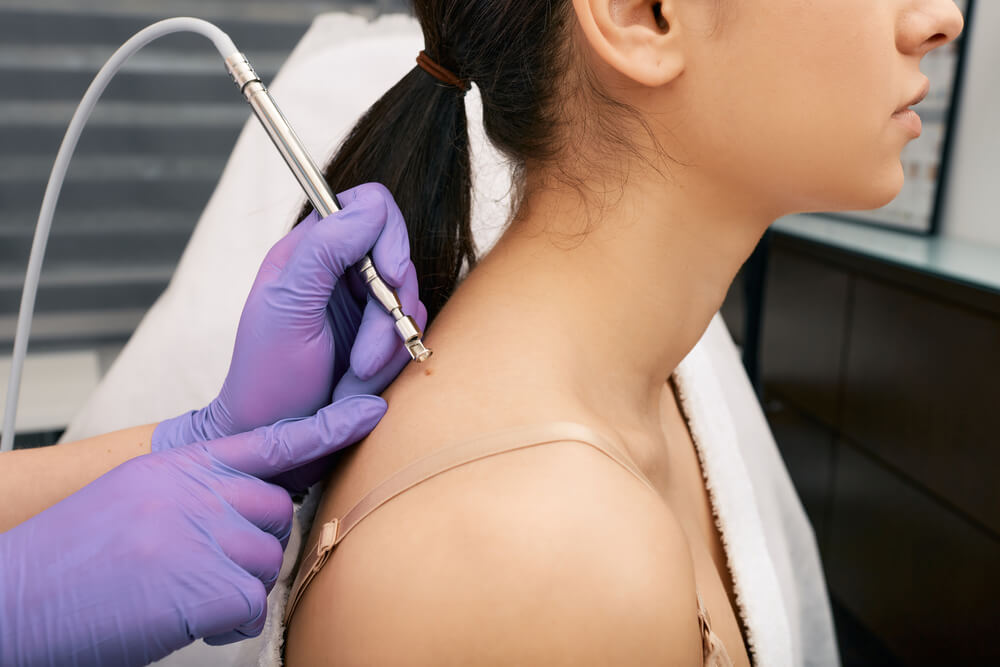
Q: How long will it take you to recover from the operation?
A: The mole removal is considered a small operation with no downtime, so you can return to normal activities right after the procedure. Thus, for the removal wound, it depends on your condition and the size of the mole that is being removed. If the wound is clean, moist, and covered, it will take two to three weeks to completely heal.
Q: Is there any chance of complications?
A: The mole removal procedure is known for being a safe one. Thus, if there is bleeding or a sign of infection, we recommend revisiting the place where you have done a procedure for additional examination.
Q: Is the removal permanent?
A: Mole removal by a dermatologist is permanent. However, if the moles recur, it is not a good sign and requires a revisit to a dermatologist, as it may have become a skin cancer.
Radiance Skin Clinic: a place for safe mole removal procedures in Bangkok
Radiance Skin Clinic, a professional aesthetic clinic located in the heart of Bangkok, is a place with a professional dermatologist who can provide you with safe mole removal procedures in Bangkok. With more than 20 years of experience in dermatology, we can determine the condition of your moles and provide a secure and permanent removal of them with less-invasive CO2 laser machines.
In addition to mole removal, Radiance Skin Clinic offers a treatment for skin tags, warts, and other abnormal skin growth problems. We apply our experience to skin analysis, medical consultation, comprehensive preparation, and postoperative follow-ups to provide you with the most effective treatment available based on your skin conditions and concerns.
If you are looking for a place for safe mole removal procedures in Bangkok, visit our team for a consultation at our clinic located at Maneeya Center between 10 am and 7 pm, or leave a message on our online channel here.
Phones and WhatsApp: (+66)82-695-2496
LINE: @radiance
Facebook: https://www.facebook.com/RadianceClinicBkk
Website: https://radianceskinclinic.com


